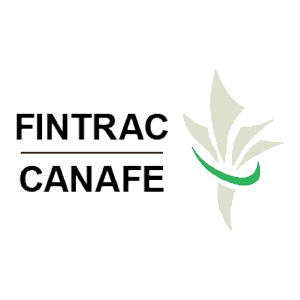Stablecoin and Remmitance - The solution to unfair fees?

In 2020, remittances amounted to US$549 billion in favour of low- and middle-income countries. Remittances from workers in a diaspora community to the country of origin or citizens with family ties abroad represent only a small part of the global volume of payments, but they are an important part of the income for those concerned. However, remittances are often associated with high fees not only for the sender but also for the recipient.
Cost-effective alternatives for remittances With transaction costs averaging 6.7% for a regular remittance, the turnover for banks and service providers specialising in remittances (e.g. Western Union) amounted to around 37 billion US dollars in 2020. The high transaction costs have prompted both international organisations and individual recipient countries to develop innovative approaches to reduce costs. One possibility is to introduce a dominant cryptocurrency as an official means of payment in the target country so that demand increases and, as a side effect, direct transaction costs drop massively. An example of this is El Salvador and its introduction of Bitcoin as a means of payment. However, the costs incurred by the payer when switching from a fiat currency to Bitcoin at a crypto exchange or bank, as well as the currency fluctuations of the underlying cryptocurrency, are not taken into account here. The Swiss National Bank (SNB), meanwhile, is pursuing a different promising approach with its "Project Jura", which was undertaken at the end of 2021: the introduction of a Swiss franc stablecoin - also called an electronic central bank currency (CBDC) - to be used for international payments. Specifically, an electronic version of a Swiss franc was transmitted between France, Switzerland and several financial institutions. The technical implementation was successfully completed and appears to be a viable option for international payments. Stablecoins, unlike other cryptocurrencies, have very low fluctuations in value. This artificial stability is ensured by keeping the exchange rate between stablecoins and fiat currencies constant. For example, one CHF stablecoin should be exactly equal to one Swiss franc in fiat currency. So if there is a supply or demand overhang and the actual stablecoin rate deviates from the targeted rate, arbitrageurs have an interest in providing liquidity to the supply or demand side to correct the deviation. Basically, there are the following three types of stablecoins:
- CDBCs - digital central bank currencies that can be issued by a central bank ("retail") or a commercial bank ("wholesale"). In the case of the SNB project "Jura", these were wholesale CBDCs (wCDBCs). Some countries have already established such stablecoins as an alternative to cash in the country (e.g. sand dollars in the Bahamas as an example of a wholesale CDBC). However, these are only intended for use in national payments.
- Hedged stablecoins - are hedged with other crypto or fiat currencies (US dollar, Bitcoin, Ethereum or similar). For cryptocurrencies, the hedge is higher than the stablecoin value. As an example, for a Swiss franc stablecoin, it needs the equivalent of 1.50 in bitcoin to absorb exchange rate fluctuations. With fiat currencies, a 1:1 exchange usually takes place.
- Algorithmic stablecoins - are automatically supported by creating or withdrawing liquidity. There is no hedging here, but the currency fluctuations are automatically corrected. A well-known algorithmic stablecoin is TerraUSD (UST), where the automatic correction is made via a governance coin LUNA as a "valve". If the price is too high, LUNA is destroyed ("burned") to create UST to increase supply.
- Furthermore, a combination of secured and algorithmic stablecoins is possible, which tries to combine the different advantages and disadvantages. As an example, FRAX could be mentioned here, which consists of a USD stablecoin from Coinbase (USDC) and a governance token FXS.

